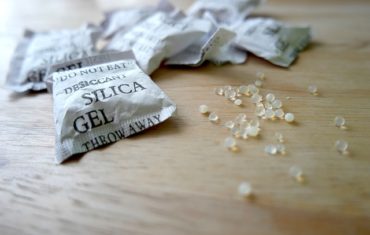Process Chromatography Explained
Process chromatography is an increasingly important tool in the chemical and biochemical industries. It allows for separating, purifying, and analyzing chemical compounds and molecules. But what exactly is processed chromatography?
This blog post will look into the fundamentals of process chromatography and its uses and benefits. We’ll explain how it is used in various applications, why it has become such a vital tool for scientists and engineers, and how chromatography adsorbents work!
What is Chromatography?
Chromatography is a process that is used to separate and analyze mixtures. The process uses a mobile phase, either a liquid or a gas, to move the mixture through a stationary phase. The stationary phase can be either a solid or a liquid.
As the mobile phase moves through the stationary phase, the different components of the mixture will travel at different rates. This allows for the separation of the components. Process chromatography can be used to purify compounds, identify unknown compounds, and determine the structure of compounds.
How Does Process Chromatography Work?
Process chromatography is a type used to purify molecules or separate mixtures. The process is completed by passing a liquid solution containing the molecules or mixture through a medium, such as a column, that contains a stationary phase.
The molecules or mixture bind to the stationary phase and are then separated from each other based on their affinity for the stationary phase. The chromatography process can be divided into three steps: sample injection, separation, and detection.
In sample injection, the sample is introduced into the chromatographic system. The mobile phase then carries the sample through the chromatographic column, interacting with the stationary phase.
The interaction between the molecules in the sample and the stationary phase causes the molecules to separate. Finally, in detection, the separated molecules are detected and identified.
What are the Types of Process Chromatography?
The substances are dissolved in a liquid or gas and then passed through a medium, such as a filter, that allows them to be separated. The medium is often referred to as the “mobile phase,” and the separated substances are called the “stationary phase.”
There are three main types of chromatography:
Gas chromatography uses a gas as the mobile phase and is typically used to separate volatile compounds.
Liquid chromatography uses a liquid as the mobile phase and is often used to separate larger molecules.
Column chromatography uses a column packed with an adsorbent material, such as silica gel, as the stationary phase.
Our Final Thoughts
Process chromatography is a valuable tool for separating and purifying compounds. It can separate components from a mixture, remove contaminants, or concentrate substances of interest. The type of chromatography media used plays a crucial role in the efficiency of the separation process.
Process chromatography provides more efficient separation than traditional methods due to its high selectivity and resolution capabilities. With the proper design and use of process chromatographic systems, components may be separated quickly, precisely, and with minimal waste.











